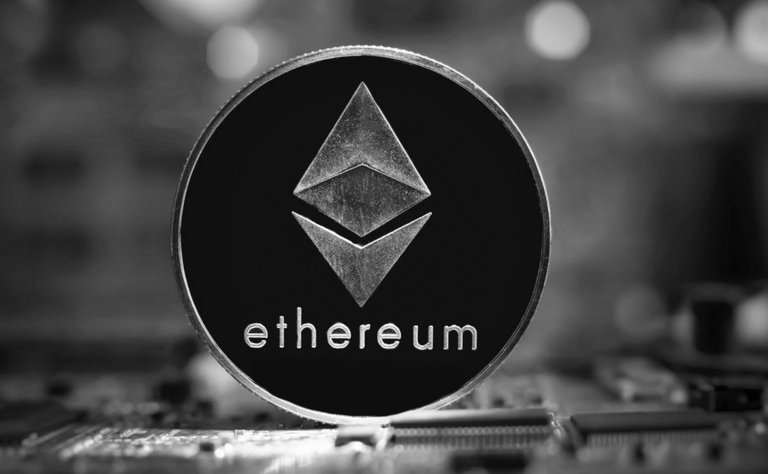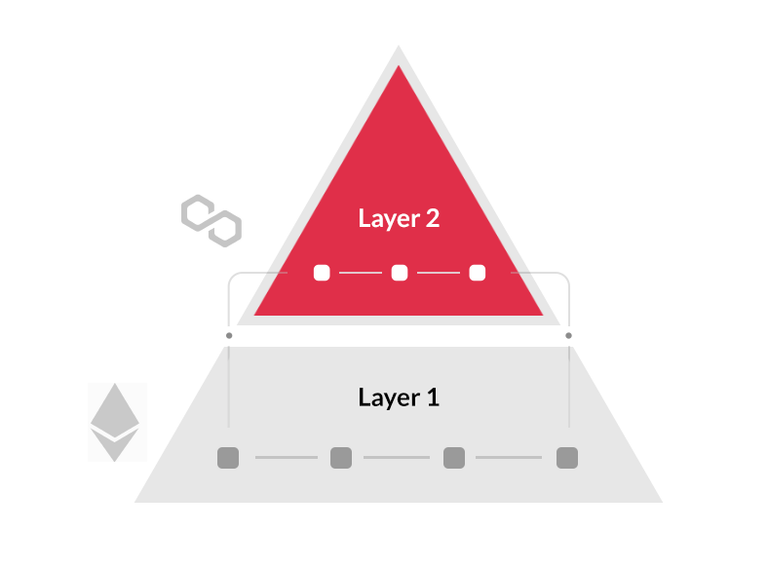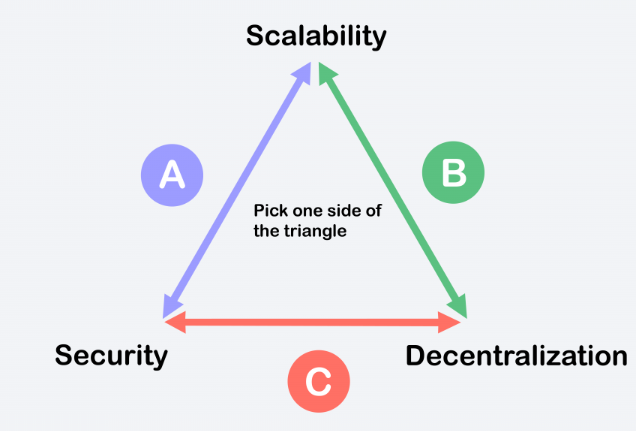
Enhancing Ethereum’s Layer 1 (L1) scalability could fortify its censorship resistance, simplify mass exits from Layer 2 (L2) solutions, and ensure the network’s long-term resilience. In a blog post published on Friday, Ethereum co-founder Vitalik Buterin articulated why a tenfold increase in L1 gas limits could offer profound long-term benefits, even as L2 solutions continue to evolve and gain adoption.
Beyond merely reducing costs, this enhancement could significantly improve the overall user experience by fostering a more seamless and efficient transaction environment. By addressing the need for greater capacity at the base layer, Ethereum can better support the expanding ecosystem of decentralized applications (dApps) and rollups while maintaining its fundamental principles.
A Strategic Balancing Act: Scalability, Decentralization, and Security
Buterin underscores the importance of striking a balance between short-term scalability demands and the long-term imperatives of decentralization and security. This approach positions Ethereum as a more adaptable and resilient blockchain, capable of handling increased network activity without compromising its decentralized ethos.

By expanding L1 capacity responsibly, Ethereum can mitigate systemic risks while ensuring that L2 solutions, which rely on the foundational security of L1, remain viable and effective. The challenge lies in finding the equilibrium where scalability does not inadvertently introduce centralization by making full nodes prohibitively expensive to operate.
Governance Reforms and Leadership Overhaul at the Ethereum Foundation
Beyond scaling considerations, Buterin has also taken steps to refine governance within the Ethereum ecosystem. In January, he announced structural changes within the Ethereum Foundation aimed at enhancing technical leadership and fostering deeper collaboration with developers.
In a January 18 post on X, Buterin laid out his vision for strengthening support for decentralized application developers while upholding Ethereum’s core principles of decentralization, censorship resistance, and privacy. He reiterated that the Ethereum Foundation will steer clear of political entanglements or ideological shifts, maintaining its unwavering commitment to a neutral and decentralized framework.
The Long-Term Stakes of Layer 1 Expansion
Buterin’s advocacy for increasing L1 gas limits raises a fundamental question for Ethereum’s future: Should the network prioritize scalability at the risk of centralization, or can a sustainable middle ground be found?

While L2 solutions effectively reduce transaction costs and enhance throughput, their success hinges on an L1 that remains secure, censorship-resistant, and resilient against systemic shocks. Expanding L1 capacity too aggressively could lead to higher operational costs for full nodes, potentially consolidating control among wealthier, centralized entities. On the other hand, a stagnant L1 could hinder the network’s ability to support the growing ecosystem of rollups and inter-layer activity.
Navigating this trade-off will be one of Ethereum’s defining challenges in the years to come. Striking the right balance between scalability, decentralization, and security is essential to ensuring that Ethereum continues to evolve as a leading, trustless blockchain platform.